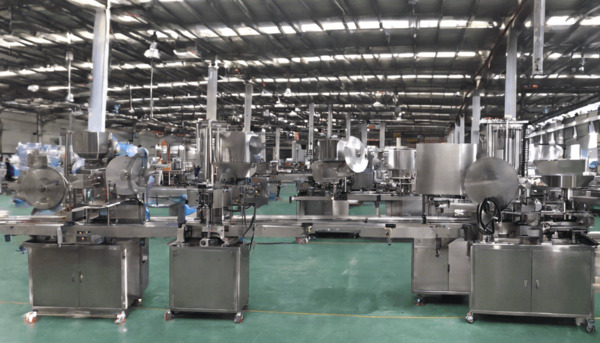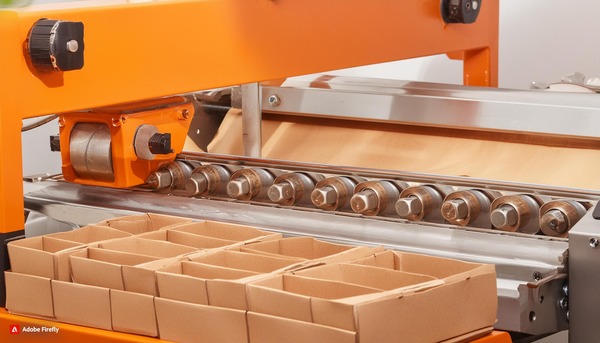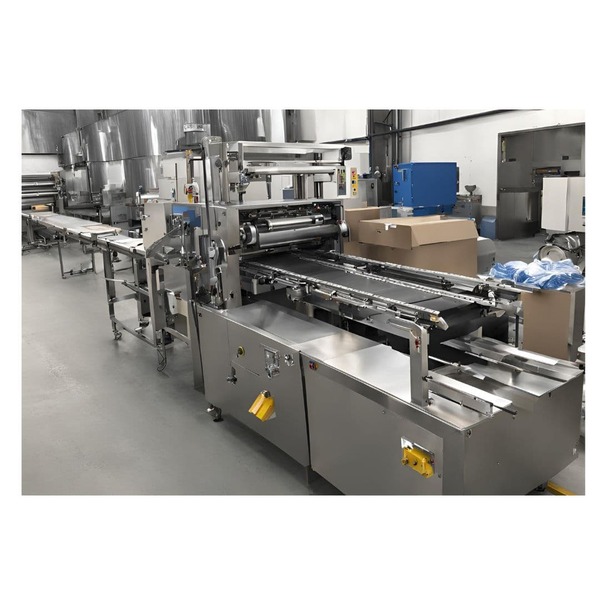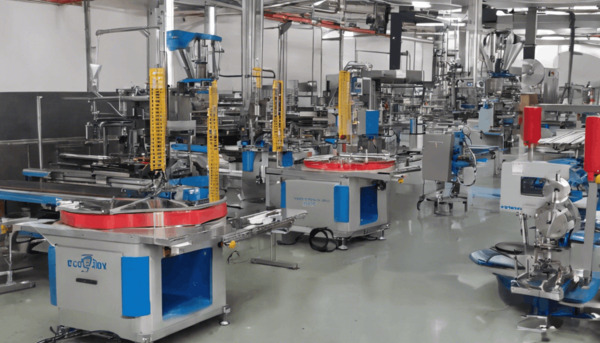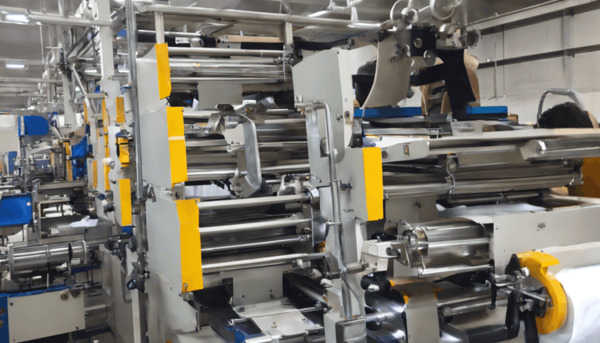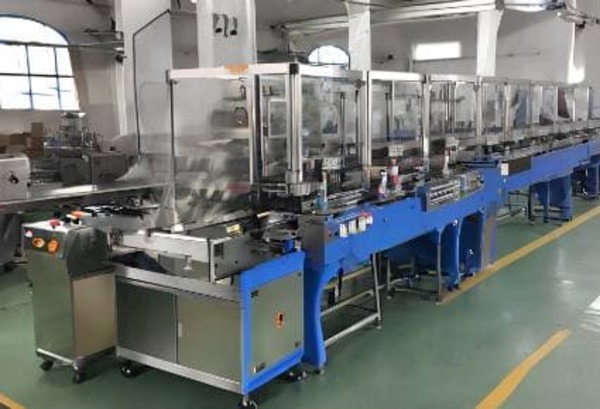
Why is My Vacuum Sealed Bag Not Staying Sealed?
Vacuum sealing is a popular method for preserving food and other items by removing air from a package before sealing it. However, sometimes vacuum-sealed bags do not stay sealed, which can be frustrating and lead to spoilage or damage to the contents. Understanding the reasons behind this issue can help you troubleshoot and fix the problem effectively. Below are some common reasons why a vacuum-sealed bag might not stay sealed, along with potential solutions.
1. Improper Sealing Technique
One of the most common reasons for a vacuum-sealed bag not staying sealed is improper sealing technique. If the bag is not aligned correctly in the vacuum sealer, the seal may not be complete. Ensure that the open end of the bag is placed flat and straight across the sealing strip. Any wrinkles or folds can prevent a proper seal.
Solution: Double-check the placement of the bag in the sealer before starting the vacuum process. Make sure the bag is smooth and properly aligned with the sealing strip.
2. Dirty or Wet Sealing Area
Another reason a vacuum-sealed bag might not stay sealed is if the sealing area is dirty or wet. Moisture or food particles can interfere with the sealing process, preventing the bag from sealing properly.
Solution: Before sealing, ensure that the sealing area of the bag is clean and dry. Wipe away any moisture or debris from the inside of the bag near the sealing edge.
3. Bag Material and Quality
The quality and type of bag used can also affect the sealing process. Some bags are not designed for vacuum sealing and may not hold a seal effectively. Additionally, low-quality bags may have weak seams that can easily break.
Solution: Use bags specifically designed for vacuum sealing. These bags are typically thicker and have stronger seams. Investing in high-quality vacuum bags can prevent sealing issues.
4. Sealer Malfunction
Sometimes, the problem may lie with the vacuum sealer itself. If the heating element is not functioning correctly, it may not create a strong seal. Additionally, if the vacuum pump is not working properly, it may not remove enough air from the bag.
Solution: Check the vacuum sealer for any signs of malfunction. Ensure that the heating element is clean and in good condition. If the sealer is not working properly, it may need to be repaired or replaced.
5. Overfilling the Bag
Overfilling the bag can also cause sealing issues. If the bag is too full, it may not have enough room to create a proper seal. The contents can also interfere with the sealing process by getting caught in the seal.
Solution: Leave enough space at the top of the bag to ensure a proper seal. Typically, leaving about 3-4 inches of space at the top of the bag is recommended.
6. Sharp or Pointed Contents
If the contents of the bag are sharp or pointed, they can puncture the bag, causing it to lose its seal. Items like bones, hard shells, or sharp-edged foods can easily create small holes in the bag.
Solution: Wrap sharp or pointed items in a protective layer, such as a paper towel or plastic wrap, before placing them in the vacuum bag. This can help prevent punctures and maintain the seal.
7. Environmental Factors
Environmental factors such as temperature and humidity can also affect the sealing process. High humidity can introduce moisture into the bag, while extreme temperatures can affect the integrity of the seal.
Solution: Try to seal bags in a controlled environment where temperature and humidity are stable. If sealing in a humid environment, consider using a dehumidifier or sealing in a different location.
Conclusion
If your vacuum-sealed bags are not staying sealed, consider these potential issues and solutions. By ensuring proper technique, using quality materials, and maintaining your equipment, you can improve the effectiveness of your vacuum sealing process. If you continue to experience issues, it may be helpful to consult the manufacturer’s instructions or seek professional assistance to ensure your vacuum sealer is functioning correctly.
